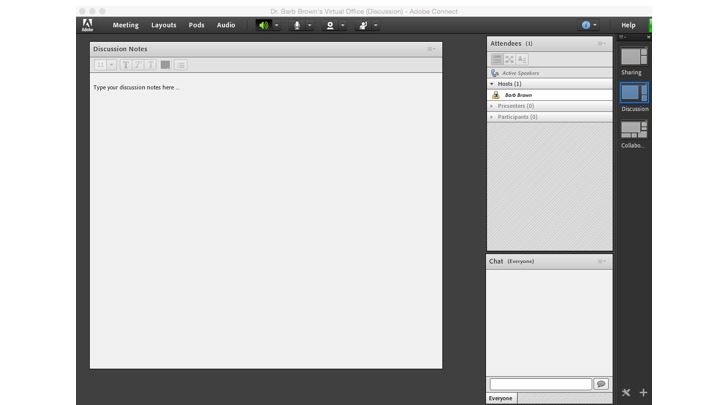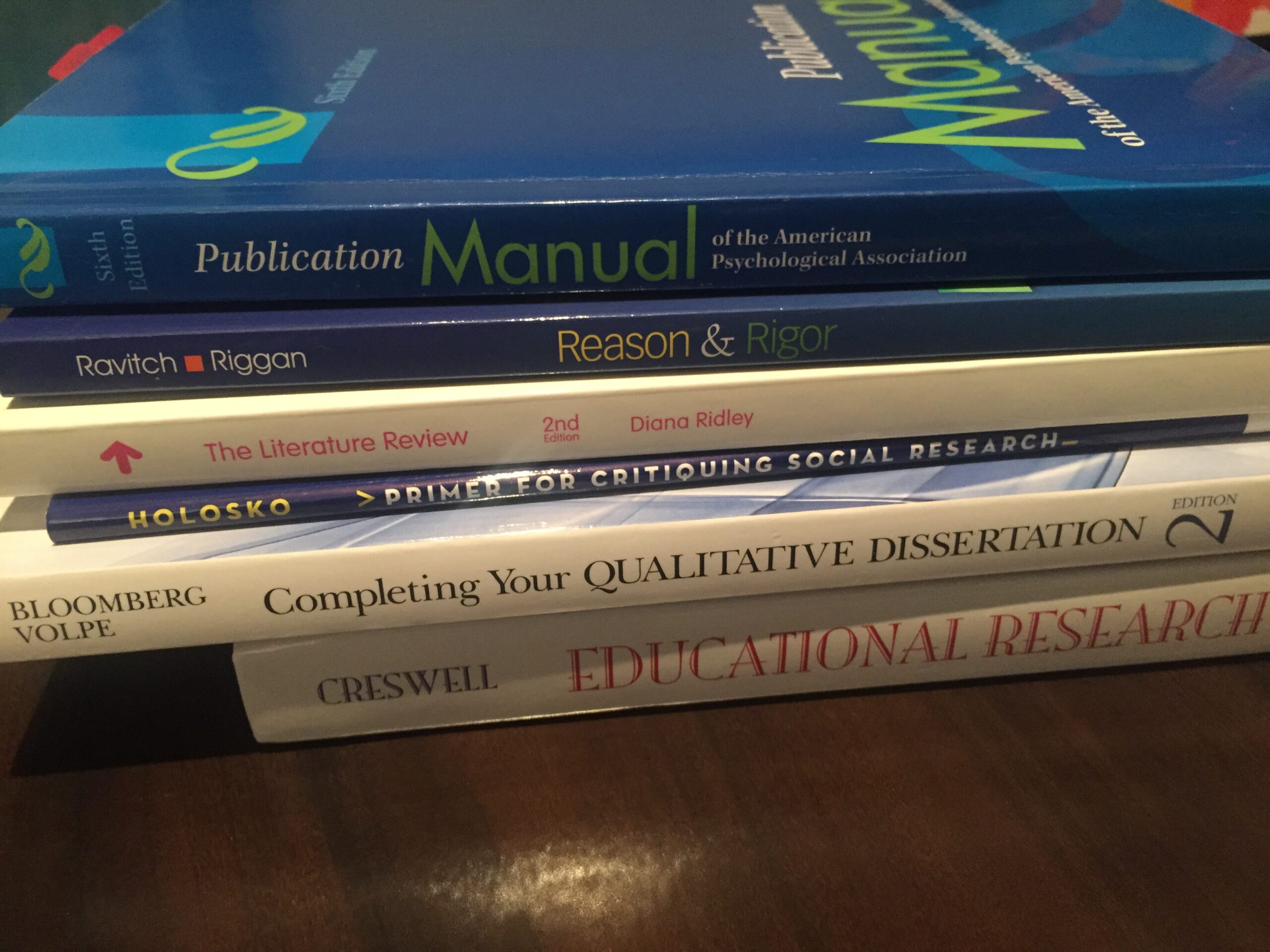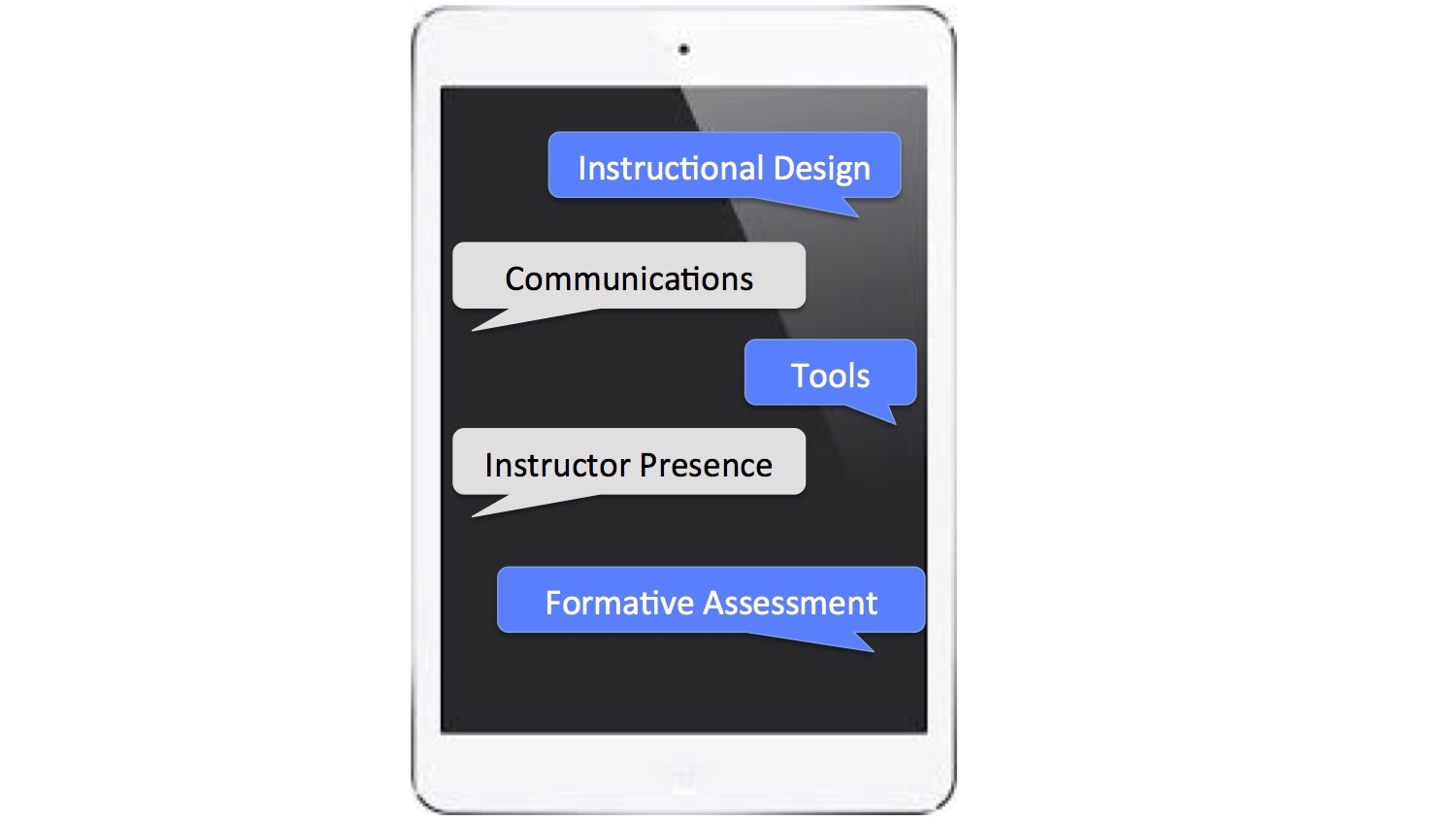Mentimeter can be used to gather input from a group. When working with pre-service teachers and helping them design units in small groups, I asked the question “What is the most challenging part of this work?” Students were invited to provide up to three, one-word responses using a link provided by Mentimeter– or by visiting www.menti.com and using the code provided.
Mentimeter also provides users with a link to show others the result to the question.
I was also able to share the results on my course page using the embedded code provided. I believe this is a great way to visually gather input from students and to show the live results. I plan to use this again.
Check out the Mentimeter site for numerous examples in using this tool to engage audiences and for assessment.







